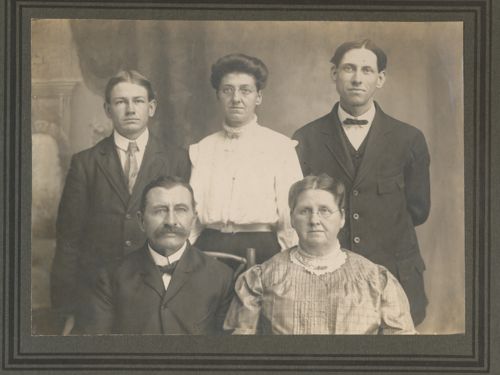I haven't had any great mysteries uncovered by census records. I have, however, added some details.
My ancestor with the most complete set of census records over the widest area is Christian Cowen (C. C.) Stoner (https://www.wikitree.com/wiki/Stoner-635). He was born in Pennsylvania in Dec., 1844, descendant of Swiss anabaptist immigrants. There is a federal census record for his parents and older siblings in 1840, in north Woodbury township, Bedford county, PA. It does not give names of the family members other than the head of household, Jacob Stoner, just ages and sexes. The census record for his maternal uncle, George Cowen, who lived nearby, is on the same page.
C. C.'s family moved to Noble county, Indiana in 1848, along with some other members of their church. He is found in the 1850 census, Noble township, Noble county, Indians. This census lists the names and ages of the children. The next census in 1860 also lists them in Greene township, Noble county, Indiana, and adds 2 children that apparently have been taken in by the family, including Alta James (age 6), who is mentioned many times in the diaries of Peter Winebrenner, the local minister and father of C. C.'s future wife. I will have to find out more about her.
By the 1870 census, C. C had survived the civil war, which claimed his brother, and married Rachel Winebrenner. They had set up their own home, as their their parents are not listed with them but still have their own household, with their youngest daughter, and the aforementioned additional children. CC and Rachel, also, have taken in a child, 6-year-old Ulyses Hardy.

By 1875, they are found in the Kansas State Census. C. C. had bought his own homestead there with his wages from the war. Ulyses is not with them--he may have stayed with a different family in the church, rather than move out of the area. Parents Jacob and Polly, however, have moved in with them, and they have an infant, my great aunt Ella.
By 1880, Jacob has died, and Ella is 5.then moved to California, when thkids were grown. Some of the census records record that his parents took in other children, who perhaps had lost their parents.
In the 1900 census, sons George and Peter are listed, and a "servant", Benjamin Wells, who would have been a farm hand.

There is no census record of their move to Lincoln, Kansas, where the children went to college, and the family bought and ran the newspaper. The photo below was taken either in Lincoln, Kansas, before they moved to California, or in Orange, California, after they moved.

In 1907, C. C. and his three grown children move to southern California. C. C is found in Orange, California, in the 1910 census, where he bought a house, and went in on his elder son's buying of an orange grove. He is found there also in the 1920 census. He served as mayor of Orange, but that is not in the census.

It took a bit to find him in 1930. His wife had died, and he was listed as "Christine C. Stoner" a "female boarder" in the household of "Barbara E. Beolwine", in Long Beach, California. Barbara Ellen Ohlwine was his wife's only sister. C.C.'s daughter and family also lived in Long Beach, so there was good reason for him to have moved in there after his wife died. He died Jan. 16th, 1931.